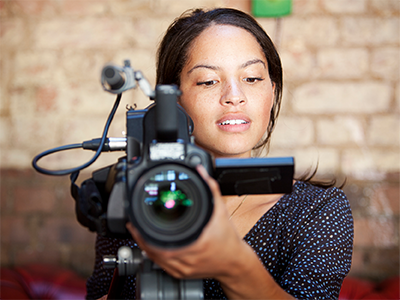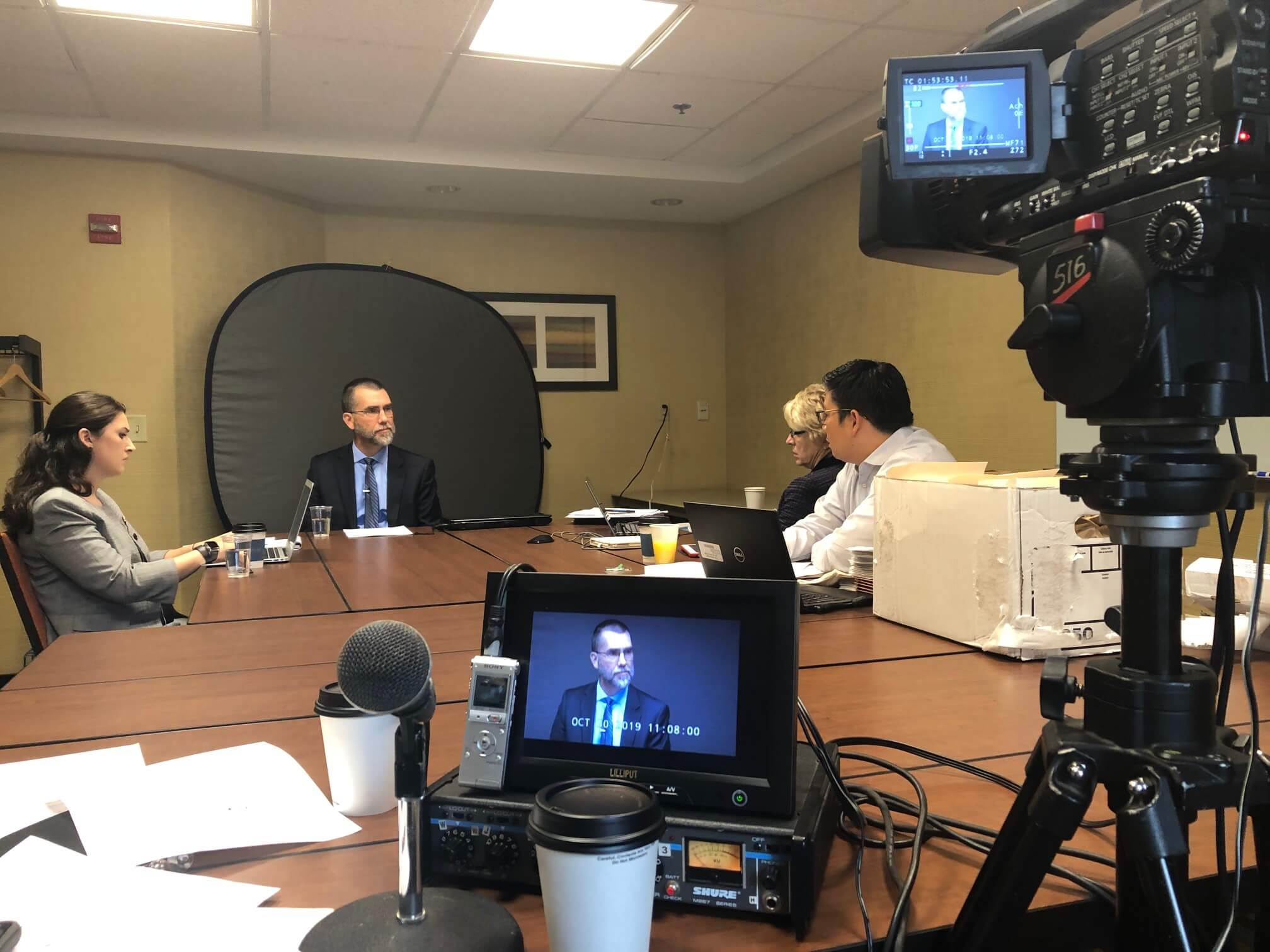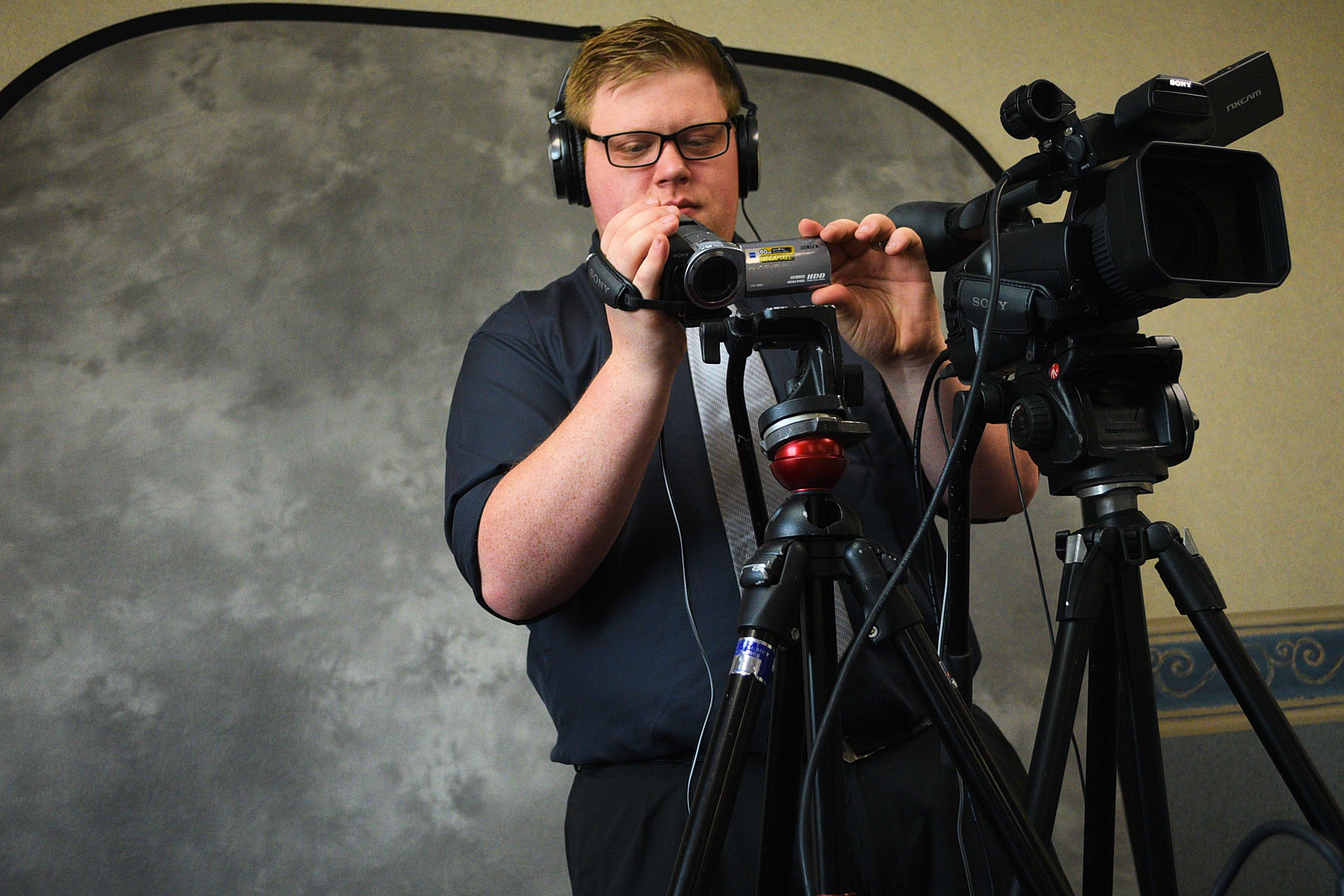Understanding the Impact of Legal Videography on Instance Outcomes
Understanding the Impact of Legal Videography on Instance Outcomes
Blog Article
Looking Into the Systems of Lawful Videography: Introduction Its Operation in Safeguarding Authentic Visual Testimony for Judicial Procedures
In the world of judicial proceedings, the function of legal videography stands as a foundation in preserving and providing aesthetic evidence. As modern technology continues to breakthrough, the mechanisms behind lawful videography have ended up being increasingly complex, providing an important layer of authenticity to testaments recorded on video.
Historic Evolution of Lawful Videography
Examining the historic development of legal videography exposes a substantial transformation in the catching and discussion of aesthetic evidence within the legal landscape. In the past, legal process greatly counted on composed records and pictures to record occasions and provide evidence. With the development of video clip modern technology, the lawful industry witnessed a paradigm shift in exactly how aesthetic testament was caught and offered.
The evolution of legal videography can be traced back to the late 20th century when advancements in video recording equipment made it much more easily accessible for usage in courts. This technical improvement not just boosted the precision and dependability of aesthetic proof but also changed the way situations were offered to discretionary (Legal Videography). Lawyers began to acknowledge the convincing power of video clip recordings in communicating emotions, nuances, and non-verbal cues that created photos or transcripts alone could not record successfully

Technology Improvements in Video Paperwork
What vital technological innovations have reinvented video paperwork in the legal field? The legal field has actually seen considerable innovations in video documents technology that have actually enhanced the credibility and integrity of visual proof in judicial proceedings.
Additionally, advancements in video clip encryption and watermarking modern technologies have boosted the safety and security and tamper-proof nature of video clip proof, protecting it versus unapproved alterations or meddling. Moreover, the arrival of cloud storage space services and remote accessibility capabilities has streamlined the storage space, access, and sharing of video clip evidence, promoting seamless collaboration among lawyers and guaranteeing reliable accessibility to crucial aesthetic testaments when required. These technological developments in video paperwork have actually undoubtedly revolutionized the legal area, boosting the precision, reliability, and admissibility of visual evidence in judicial proceedings.
Role of Legal Videographers in Courtroom Settings
The advancement of video documents innovation in the legal area has actually required an important role for lawful videographers in court setups, guaranteeing the stability and dependability of aesthetic statements provided throughout judicial procedures. Legal videographers play a fundamental function in capturing and maintaining precise visual proof that can be critical in litigation. Their obligation extends to establishing up devices, recording procedures, and producing high-quality video clips that accurately mirror the events in the court.
In courtroom setups, legal videographers need to stick to stringent guidelines and requirements to maintain the authenticity of the aesthetic record. They need to possess a keen eye for information and an extensive understanding of lawful procedures to make certain that the footage they catch is a true depiction of the events that took place. In addition, legal videographers commonly work carefully with lawful teams to make sure that the video clip evidence lines up with the instance's needs and can be efficiently offered in court to support the legal disagreements being made. Overall, the duty of legal videographers in court setups is essential in maintaining the concepts of justice and ensuring the transparency of legal procedures.

Ensuring Admissibility and Integrity of Video Proof
To maintain the trustworthiness of aesthetic evidence provided in lawful process, ensuring the admissibility and stability of video clip proof is a crucial obligation for lawful videographers. Admissibility refers to the acceptance of evidence by the court, and for video clip proof to be acceptable, it has to meet certain requirements. Lawful videographers play a crucial role in guaranteeing that the video clips they record abide by the rules of evidence, such as integrity, importance, and credibility.
Honesty of video clip proof involves preserving the originality and accuracy of the video footage from the moment it is recorded until it is presented in court. This includes safely keeping the video clip files, recording the chain of custodianship, and avoiding any meddling or alterations. Lawful videographers must follow rigorous procedures to assure the stability of the video proof and protect against any kind of challenges to its authenticity.
Future Trends in Legal Videography
Provided the raising dependence on technology in legal process, legal videographers are poised to embrace ingenious advancements forming the future of visual testimony capture and presentation. One of the prominent patterns imminent is the integration of virtual fact (VR) and enhanced reality (AR) technologies into legal videography. These technologies have the prospective to transform how aesthetic evidence go to the website exists in courtrooms, enabling discretionary to immerse themselves in the scene of the criminal activity or incident.
Additionally, using expert system (AI) algorithms for video evaluation is expected to enhance the procedure of evaluating and analyzing huge amounts of video footage. AI can aid in identifying crucial minutes, abnormalities, and patterns within video clips, enhancing the effectiveness of legal examinations.

Conclusion
To conclude, legal videography has played a crucial function in giving genuine visual proof for judicial procedures. With technical improvements and the competence of legal videographers, the stability and admissibility of video clip evidence are guaranteed in courtroom settings. As legal videography proceeds to progress, it will certainly be important to maintain requirements that keep the precision and integrity of visual statement for the future of lawful procedures.
Examining the historical progression my sources of legal videography discloses a significant transformation in the recording and presentation of aesthetic proof within the legal landscape.The development of video paperwork technology in the lawful area has necessitated a critical function for lawful videographers in court room setups, guaranteeing the honesty and integrity of aesthetic statements offered during judicial process. In addition, legal videographers often function very closely with lawful groups to make certain that the video clip proof straightens with the case's needs and can be efficiently provided in court to sustain my response the lawful disagreements being made.To preserve the trustworthiness of visual proof provided in legal proceedings, making certain the admissibility and integrity of video evidence is a critical obligation for legal videographers. As lawful videography proceeds to advance, it will be vital to maintain criteria that keep the accuracy and dependability of aesthetic statement for the future of legal procedures.
Report this page